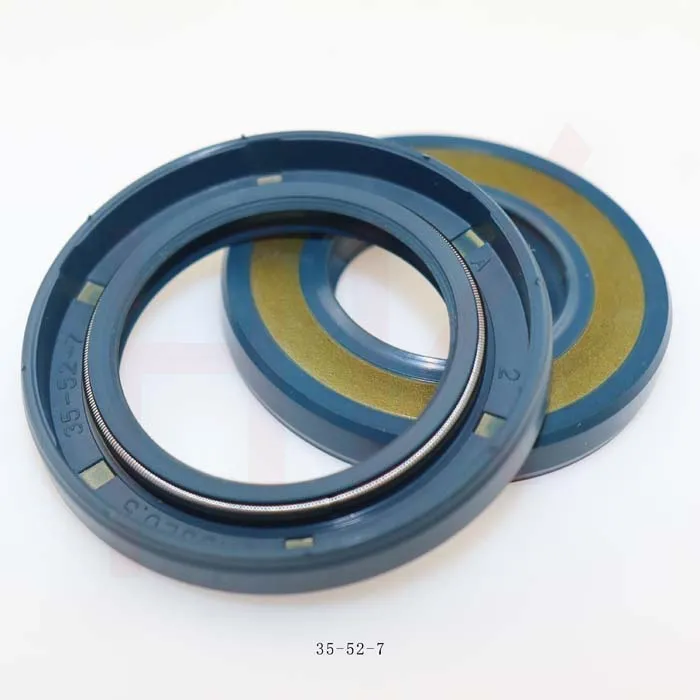Ogo . 30, 2024 00:47 Back to list
High-Quality Cylinder Oil Seals - Durable Sealing Solutions
Understanding Cylinder Oil Seals Importance and Functionality
Cylinder oil seals, often referred to as shaft seals or oil seals, play a crucial role in maintaining the efficiency and longevity of various machinery and engines. These seals are designed to prevent the leakage of lubricants and to protect against the ingress of dirt, dust, and other contaminants, which can lead to significant damage and wear over time.
In automotive and industrial applications, the cylinder oil seal is strategically placed around the cylinder head or the crankshaft, ensuring that the oil remains contained within the system. This containment is vital, as any leakage can not only reduce lubrication efficiency but can also create environmental hazards and increase maintenance costs. Without properly functioning oil seals, machinery is at risk of operating under suboptimal conditions, leading to increased friction and wear between moving parts.
One of the main reasons for the failure of cylinder oil seals is wear and tear caused by continuous operation under high pressure and temperatures. Over time, seals can become brittle, crack, or develop grooves, which compromises their integrity. Regular inspection and timely replacement of these seals can prevent catastrophic failures and costly repairs. It is essential for operators and maintenance personnel to be vigilant about the signs of seal degradation, such as excessive oil consumption, oil spots under machinery, or reduced performance.
cylinder oil seal

Oil seals are made from various materials, including rubber, silicone, and other synthetic compounds, allowing them to withstand diverse operational environments. The choice of material depends on factors such as the type of lubricant used, the operating temperature, and the specific application requirements. For instance, high-temperature oil seals are often utilized in performance engines and industrial applications where heat can be a significant factor.
The installation of cylinder oil seals also requires careful consideration. Improper installation can lead to premature failure, making it imperative to follow manufacturer guidelines and best practices. Additionally, ensuring that the sealing surfaces are clean and free from debris is crucial to achieving an effective seal.
In conclusion, cylinder oil seals are a small yet vital component in the machinery ecosystem, ensuring efficiency and reliability. Understanding their importance and functionality can help in proactive maintenance, ultimately extending the lifespan of engines and equipment. By recognizing the signs of wear and ensuring proper installation and material selection, operators can safeguard their machinery against the detrimental effects of oil leakage and contamination. Regular assessments and timely replacements are key strategies for maintaining optimal performance and operational reliability.
-
Understanding Oil Seals and Their Role in Machinery Efficiency
NewsApr.08,2025
-
The Importance of Seals in Agricultural and Hydraulic Systems
NewsApr.08,2025
-
Essential Guide to Seal Kits for Efficient Machinery Maintenance
NewsApr.08,2025
-
Choosing the Right TCV Oil Seal for Your Machinery
NewsApr.08,2025
-
Choosing the Right Hydraulic Oil Seals for Reliable Performance
NewsApr.08,2025
-
A Comprehensive Guide to Oil Seals and Their Applications
NewsApr.08,2025
-
The Importance of High-Quality Oil Seals in Industrial Applications
NewsMar.26,2025
Products categories
















